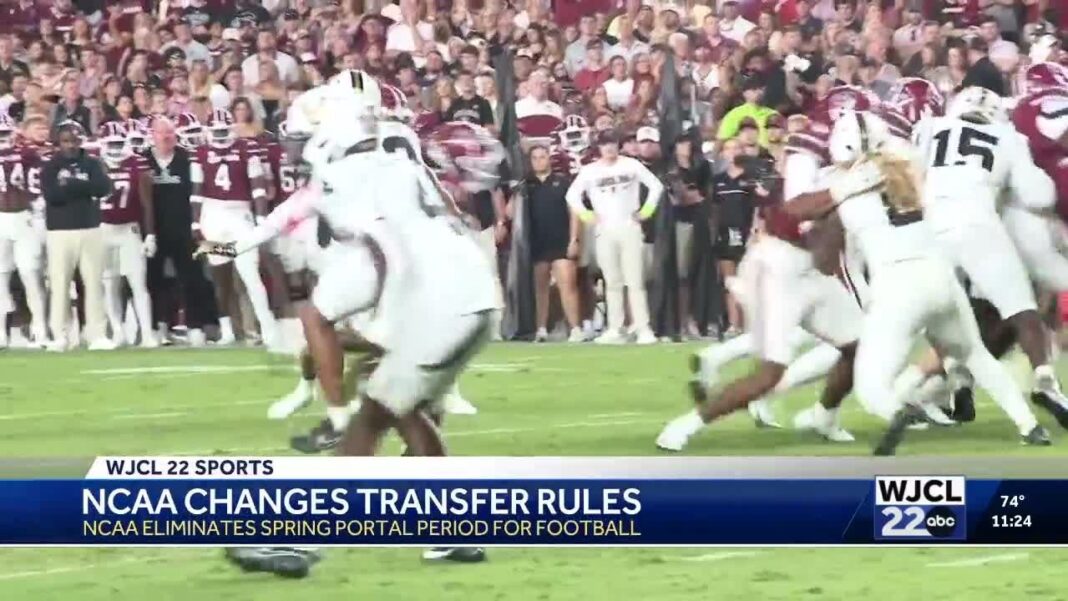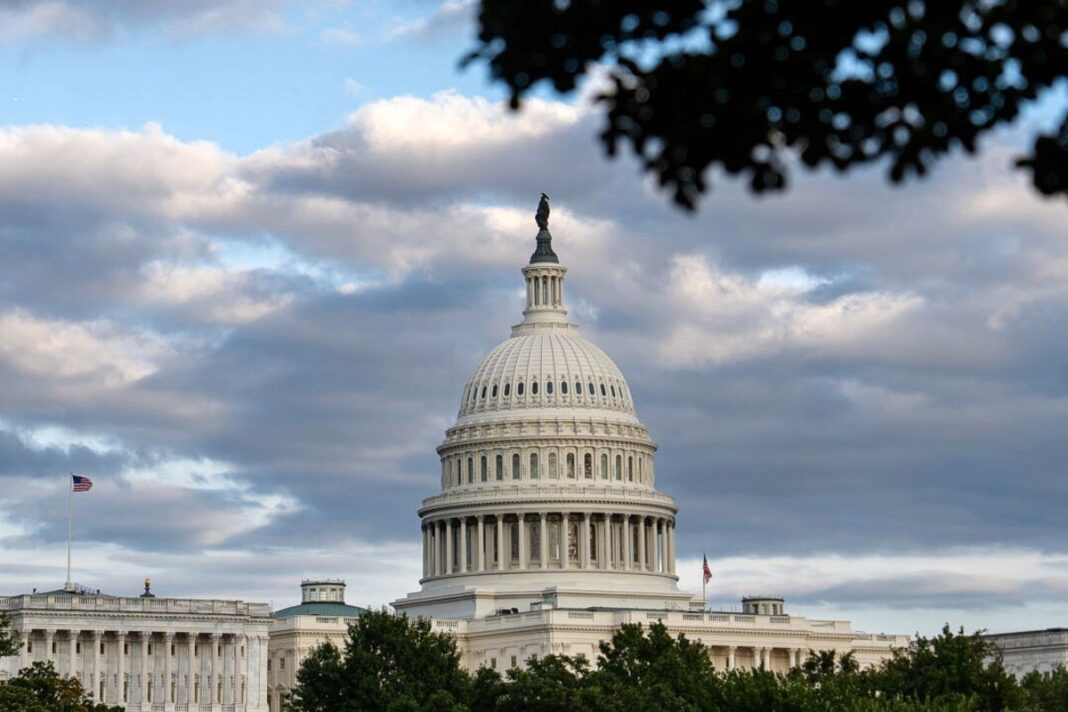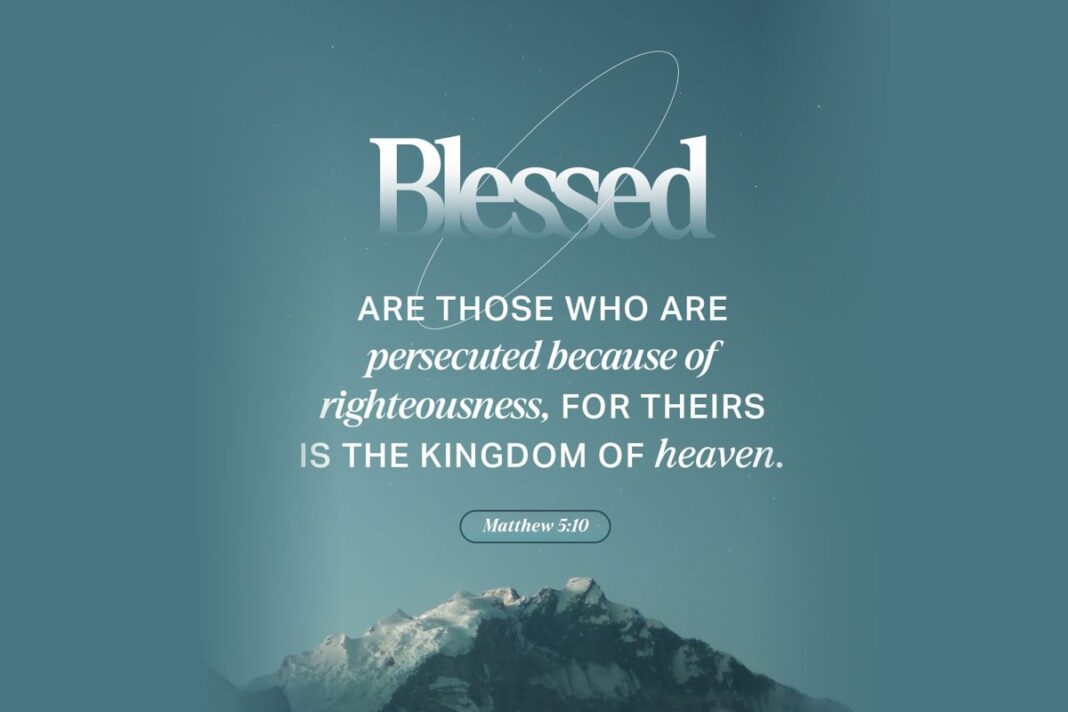The NCAA has taken a bold step to rein in what many have called “unrestricted free agency” throughout college football. On Wednesday, the Division I Administrative Committee voted to eliminate the spring transfer portal window, leaving players with just one opportunity to declare their intent to transfer at the conclusion of the football season.
“This is about restoring some structure and predictability,” an NCAA press release stated. “We have heard loud and clear from coaches and administrators that the current system was unsustainable.”
At least someone inside the NCAA is admitting the obvious.
Previously, players had two windows to enter the portal: a 20-day stretch in December and a 10-day window in April. While athletes weren’t required to commit to a new school during those periods, they had to formally declare their intent to transfer. Now, that process will be consolidated into a single winter window, tentatively proposed for January 2 – 11, though final dates remain under discussion.
The move has drawn mixed reactions across the college football landscape.
Nebraska head coach Matt Rhule was unequivocal in his support: “I desperately think one window is better,” he told CBS Sports. “Basketball has one window. So, it’s not like we’re the first sport to do it. We’re just making ourselves whole like the other sports.”
Oregon head coach Dan Lanning, whose Ducks are preparing to enter the electric atmosphere of Penn State’s annual White Out game in Happy Valley, voiced cautious approval of the NCAA’s decision to eliminate the spring transfer portal window. While he acknowledged the reform as a positive step, Lanning didn’t shy away from highlighting unresolved challenges chief among them, the timing.
“There’s no question that simplifying the portal is a step in the right direction,” Lanning said during an appearance on The Joel Klatt Show. “But the calendar still doesn’t make sense when you’ve got teams preparing for playoff games while their rosters are in flux.”
He pointed out that syncing the portal with the academic calendar often creates logistical headaches for both players and programs. “Many players either cannot join their new teams because their old season hasn’t finished,” he explained, “or face such a tight turnaround that it becomes nearly impossible to acclimate before classes begin.”
Despite the complications, Lanning ultimately described the move to a single transfer window as “a win for the sport” a measured endorsement that reflects both optimism and the ongoing need for refinement.
Not everyone agrees. Ohio State’s Ryan Day voiced strong opposition, particularly to the proposed January window. “I don’t think it’s a good idea at all,” Day said. “I just don’t quite understand how teams that are playing in the playoffs are expected to make decisions and sign their upcoming players while they’re still getting ready to play games. It doesn’t make any sense to me.”
The Big Ten was the only Power Four conference to oppose the elimination of the spring window, citing concerns about player flexibility and postseason overlap.
Beyond the coaching ranks, administrators have raised alarms about the unintended consequences of portal timing. According to Front Office Sports, an anonymous SEC general manager described the chaos of NIL-fueled negotiations: “Let’s say we agree to deal with player A and get a signed agreement, but because of the calendar, he doesn’t report to school for 20 more days,” he told On3. “On Day 16, school X calls because they missed on players B and C, and offer him more because they are desperate. We’re now back to square one with player A, and they hold all the leverage to re-negotiate. That’s not sustainable.”
The NCAA is also considering a proposal to halt all recruiting activity in December, a move aimed at reducing the pressure cooker environment that coaches face during bowl prep, playoff runs and signing day.
Still, enforcement remains a loophole dressed up as a “rule.”
Last year, Miami football player Xavier Lucas transferred from Wisconsin after the portal had closed, sidestepping the rules by enrolling directly and joining the team. His case raised questions about institutional compliance and the NCAA’s ability to police portal entries.
As the NCAA continues to refine its policies, the broader debate over player mobility, competitive integrity, and institutional control remains unresolved. But for now, their message is clear: the era of year-round roster reshuffling is being closed one window at a time.








